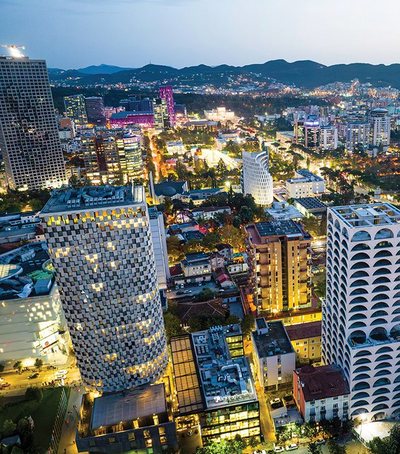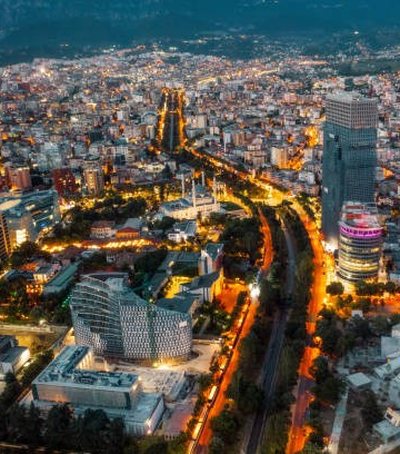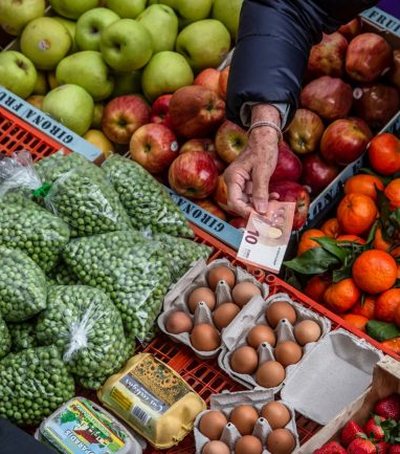
A World Bank assessment of regional development in the Western Balkans and Croatia found that Elbasan and Kukes are among the poorest regions in the Balkans. These prefectures are the poorest in Albania, but they are also the poorest of the 20 poorest regions of the Balkans.
According to the Bank's assessment, the two Albanian prefectures have fallen into the double poverty trap. In addition to the income of these counties well below the national average, their economy, rather than growing, is declining or growing at very low rates, thereby diminishing their prospects for approaching national standards.
By comparison, Croatia, which is already a member of the EU, has the highest level of income by region.
20 out of 45 regions outside Croatia qualify for low income below the regional average threshold of 75% of GDP per capita. Among the low-income regions are Podunvjle, Raska and Rasina (Serbia); Polog (North Macedonia); Kukes and Elbasan (Albania), while the other 14 low-income regions are rising above the regional average, and can thus be considered in the path of convergence.

Some higher-income regions, particularly in Croatia and Serbia, are growing well below the average of the Western Balkans and Croatia. Among them are the capitals of Belgrade, Tirana and Zagreb.
But while most of the poorer regions in the Balkans are on a path of convergence which means that their growth rate promises to come closer to national standards, some regions are on the path of divergence. This means that as their national economy grows these regions are in decline.
Other regions in the Balkans, which have high per capita income above the national average, are growing at low rates. These are the Northern Banat, the Central Banat, Bor and Braniceva in Serbia, Pelagonia in Northern Macedonia, Vlora in Albania.
Source: Monitor





